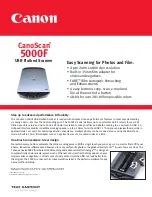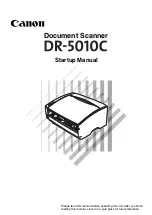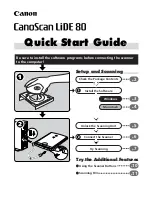
5
Other Needs
Film will be received from the public in various states of disrepair, with bad splices,
winding turned over on the reel, being mounted on the wrong type reel or the wrong way out,
no leaders, etc. and a facility must be provided for making the footage ready for transfer. This
requires at the minimum a pair of film rewinds, with adapters for regular-8 and super-8 reels, a
supply of film leader and empty reels, a film splicer, and a way of cleaning excess dirt off the
film. Ideally there will be a light box for looking through the film, and a light above the editing
bench to reflect light off the film.
Refer to the first section of these instructions for a description of how the film should be
wound on the reel. There should be 4 feet of leader on the start for proper threading of the TVT,
and enough leader on the end to thread the film cleaning device. Torn film sprocket holes and
crooked splices should be removed to prevent transfer problems.
Small rolls should be spliced together for efficient transfer, also the TVT-D8C
sometimes does not like small 50' reels. A properly made cement splice, using fresh cement, is
preferred. The smoothest transit of splices occurs when you have made a beveled splice using
an (unfortunately discontinued) Agfa or Bolex splicer, where the total thickness at the splice is
about the same as unspliced film. (Fuji Single-8 and K-Mart Focal film was on polyester base
and must be tape spliced.) When making tape splices, ensure that the sprocket holes are not
covered up and the tape is on straight, on both sides of the film.
We suggest using 400 foot (122 meter) reels, and cans or 7" size white 1/4" audio tape
boxes. Usually if 7 small 50' rolls of regular-8 film, or 8 small 50' rolls of super-8 film, is
wound on each reel, this will enable two of the reels to fit on each 1 hour tape or disc with
minimum waste and no need for time-consuming tape editing or overlaps. Mark the leader on
the head (beginning) of the reel with the customer’s name or job number, and the reel number,
to avoid mixups. Leader with a matte finish can be written on with pencil, while shiny leader
can be marked with a Sharpie or India ink. Ensure that that the cleaning step does not remove
the reel identification. Storage cans should be ventilated for slight air circulation, to prevent
film deterioration from “vinegar syndrome.” Advise the customer to keep his film in a cool,
dry, dark place to prevent fungus growth. You want the film to be in good condition so you can
transfer it again when the next super generation of video equipment formats makes the present
transfer obsolete. :-)
NOTE: The TVT-D8 has the super-8 claw position, above the gate, when running both
S8 and R8 films. Such mechanisms are fussy about splices, compared to regular-8 only ones
with the claw below the gate. If your cement splices cause excessive jamming in the film gate,
change the direction of splicing by winding the film right to left on the bench while splicing,
instead of left to right, so you are scraping the outgoing film instead of the incoming one.
Having the splice accordingly lap the other way (so the sharp leading edge of the thick splice
rubs against the mechanism’s pressure plate instead of hitting the bottom of the minimally
undercut aperture plate opening) will give more reliable running.
After each reel is spliced and repaired, it is rewound through the film cleaner device on
to the proper reel, which restores the reel to being heads (start) out instead of tails (foot or end)
out, and sent to the transfer room. Note: When using a liquid cleaner, view the rewinding film
by reflected light to make sure it is dry again before it winds up, or else the film may dry with
“shoreline” marks on it. You can wind quite fast if not using an excessive amount of fluid.


























